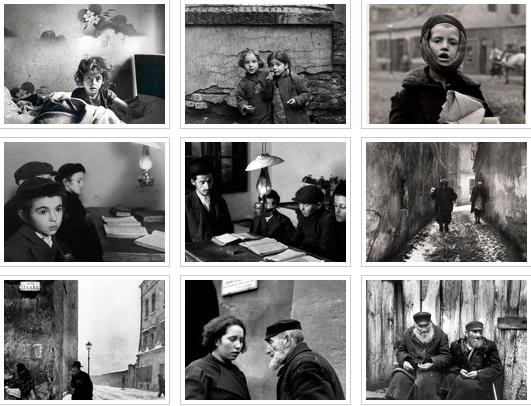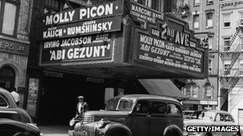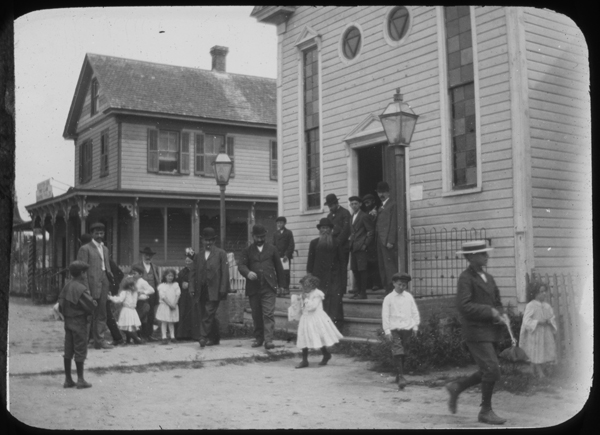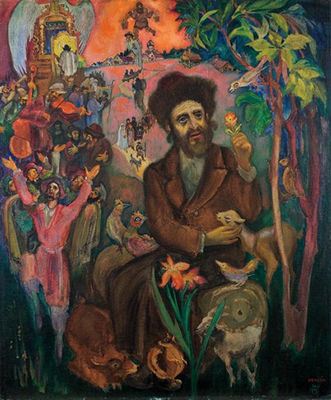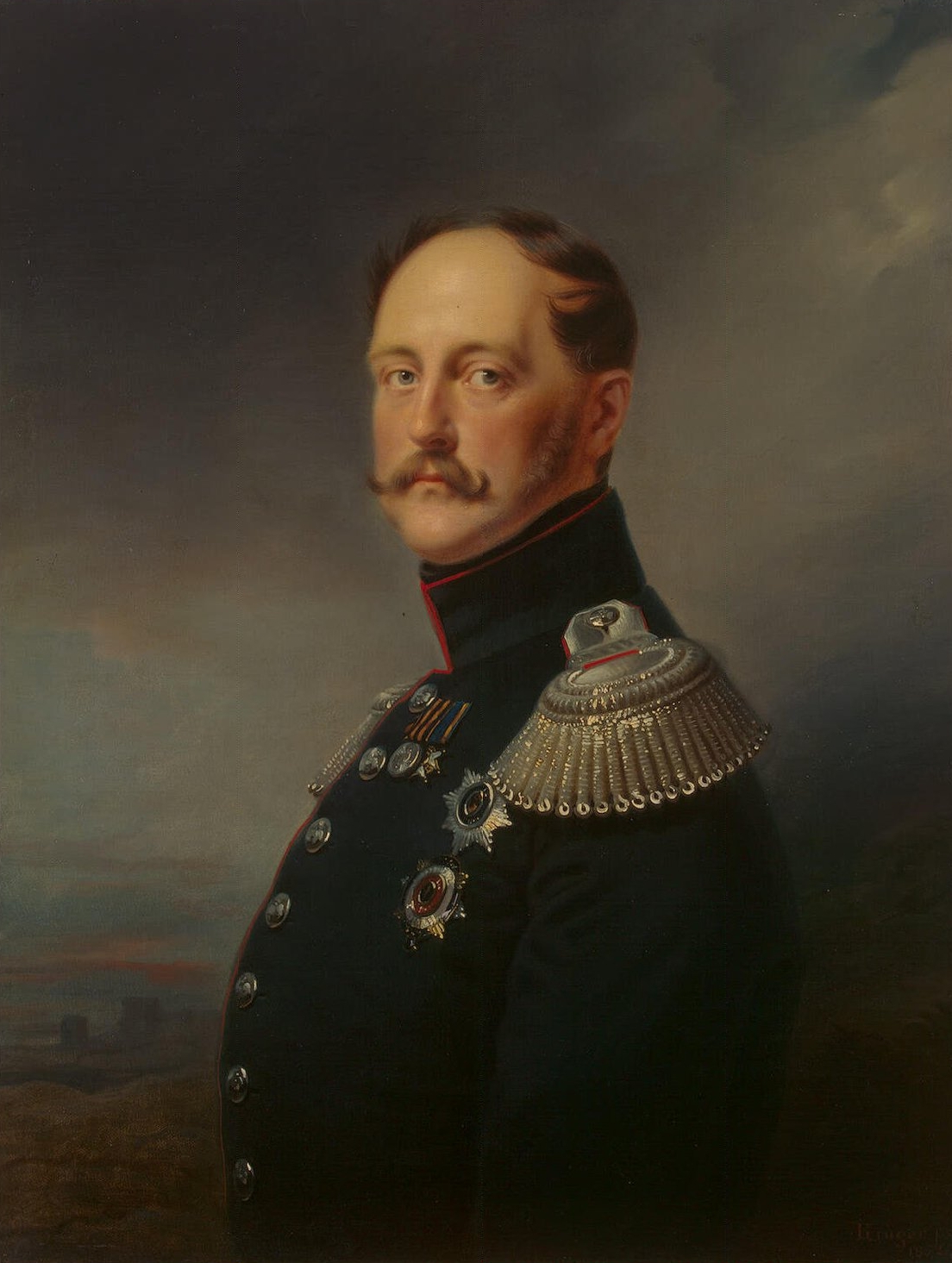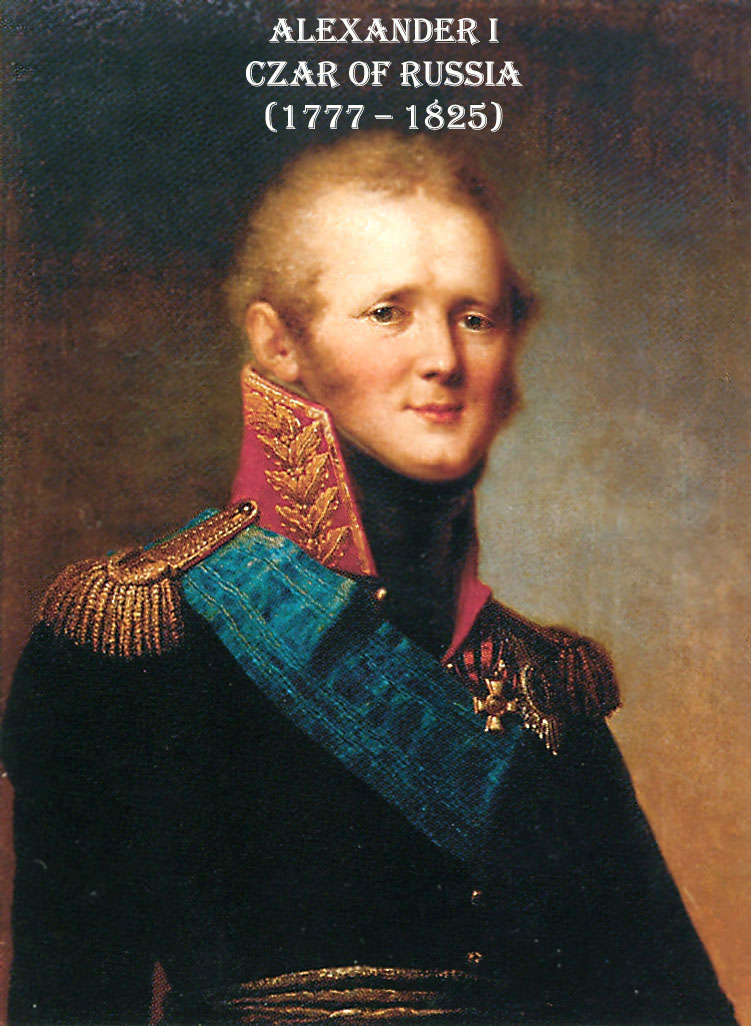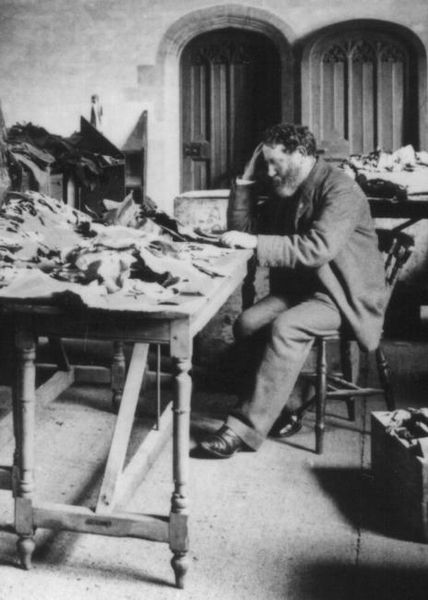
The four great empires of Europe – the Ottoman, German, Austrian and Russian – were destroyed in World War I.
The Jews of Europe fought in most of the armies on both sides of the war during the First World War. In the Russian army were about 350,000 Jews; in the Austrian army about 100,000; and in the German army about 40,000. On the side of the Allies, about 20,000 Jews fought for the British and French. Now, for the first time, a small contingent of Palestinian Jews fought with the British army.
There is a remarkable photograph from 1916 when the British invaded Palestine. The German army came with units of the Austrian army to defend Palestine against the British and to help the Turks. This photograph was taken on the first day of Rosh Hashanah. It shows Jewish soldiers at the Western Wall who were from the Austrian and German armies. On the second day of Rosh Hashanah there is another photograph that shows Jews in the British army at the Western Wall. Jews fought on both sides — but in Palestine they clearly sided with the British.
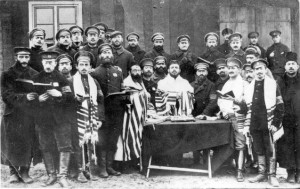
The contact between German Jews and Eastern European Jews had a profound effect upon both. The great but assimilated, ready-to-convert German-Jewish philosopher Franz Rosenzweig writes in his book, Star of Redemption, that he was so touched by a Yom Kippur he attended in an East European synagogue that it changed his life. He returned to Judaism with a full heart and became fully observant.
There were many other assimilated German Jews who were brought to a realization of the Jewish religion simply because they came in contact with the Jews of Eastern Europe.

